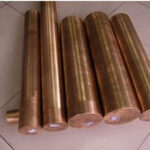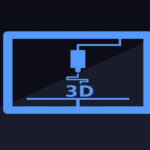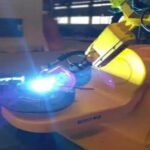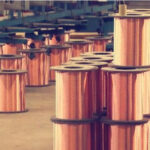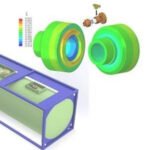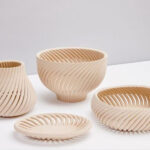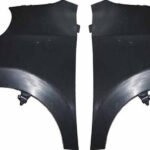3D printing has been widely used for rapid prototyping and small batch part customization. The term “3D printing” is synonymous with additive manufacturing and reveals how parts are made: through growth in basic materials, the shape of a 3D model is formed. In other words, 3D printers use materials such as filaments, resin, or powder, and glue cross sections together to build 3D parts.
In recent years, metal 3D printing has attracted widespread media attention. These metal parts are increasingly used as key components for aircraft engine components, medical implants and other impressive applications. However, the reality is that most 3D printing is actually plastic parts rather than metal parts. So why is there a difference?
Today, the editor of Xianji.com will introduce to you the differences between metal 3D printing and plastic 3D printing, and how these differences lead to the use of metal printing in highly specialized applications and the use of plastic 3D printing in other areas.
Material and cost considerations
Table of Contents
Metal printing, such as direct metal laser sintering (DMLS), uses powdered metal alloys as raw materials. As mentioned earlier, since DMLS printed products are used in highly specialized scenarios, such as airplanes or medical equipment, the materials must meet high-quality standards.
This is in contrast to plastic 3D printing materials, which generally have lower traceability and quality standards because these printings are used more for prototyping than production.
The cost of plastic and metal 3D printing materials is also very different. By weight, metal powder used for metal 3D printing is more expensive than steel billets used for machining, and of course more expensive than plastic. Powder metal is expensive because it is manufactured through a process called gas atomization. In this process, the liquid metal is atomized by supersonic gas spray and cooled into microspheres.
The cost of 3D printing plastic materials largely depends on the machine and raw materials, but most standard materials such as ABS, nylon and many resin polymers are much cheaper than metals. Due to the low price, plastics are widely available from various competing sources. In contrast, there are very few metal 3D printing material manufacturers, and most metal powders are only produced by a few companies.
Production environment: controlled and open
A 3D printer is usually considered a small desktop machine, about the size of a microwave oven, and can make parts outdoors. This is indeed the case for desktop 3D printers, where the material does not change significantly due to exposure to oxygen. However, metals are easily corroded or oxidized. However, the microspheres used in 3D metal printing have a large surface area and a small amount of material. Premature oxidation will affect the fusion ability of the material and cause the printed parts to become brittle.
This means that metal 3D printers are inevitably more complicated than plastic printers. It requires a closed air-tight area and special methods to store, screen, and recycle unsolidified powder without exposing it to the air. To prevent quality problems, metal 3D printers usually store materials in an inert environment. For example, nitrogen is commonly used for steel, while argon is commonly used for aluminum and titanium alloys. This gas is usually replenished by an empty tank. Nitrogen can also be separated from the air using a nitrogen generator. The metal powder is usually packed in a metal bottle-shaped chamber with an air-lock shut-off valve for easy disassembly and replacement.
Thermal requirements and supporting structure
Metal 3D printing uses lasers to generate enough heat to selectively fuse metal powders together to form a completely dense part. When using DMLS, a high-power laser is required to create small micro welds on each layer. It takes a lot of heat to melt metal. The melting point of softer metals is 600°C, and the melting point of harder metals is above 1000°C.
Plastic 3D printing needs to melt its substrate, but most of the melting points are between 100°C and 200°C. Due to the lower melting point, plastic printers are more consumer and business friendly, enabling hobbyists and companies to quickly create prototypes. An extruder head the size of a fist is an example of a plastic 3D printer, which needs to melt the filament conveyed from the plastic reel to create a shape.
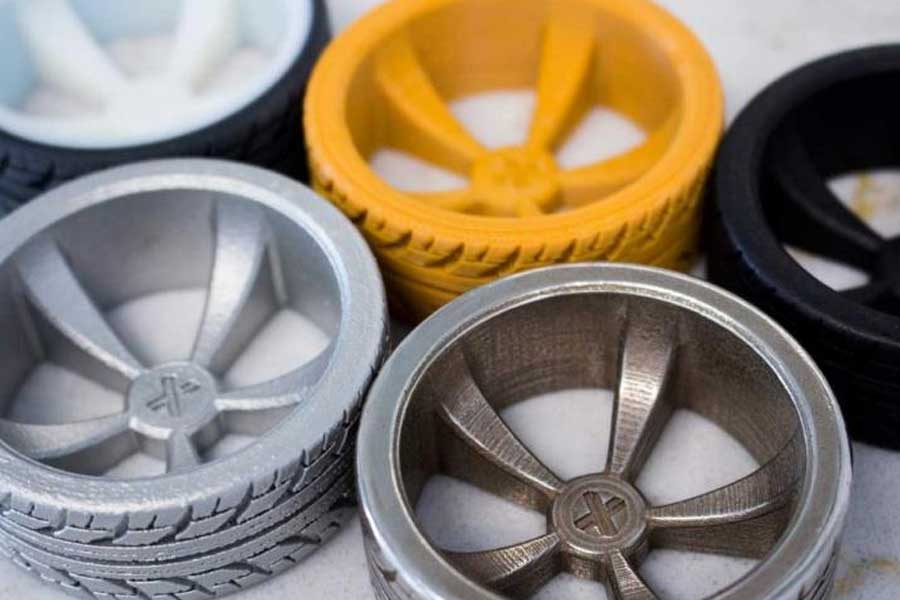
The DMLS platform requires a laser that costs tens of thousands of dollars and also requires peripheral equipment such as a liquid cooler to prevent overheating. Compared with the plastic printer option, all the infrastructure required by the DMLS printer sets a higher barrier to entering the market.
In a 3D printer, an increase in temperature will also increase the pressure inside the part. For most processes, when the material is being deposited to form the part, a support structure is needed to keep the part stationary, and it will be removed after printing. The printing support structure is essential for creating features such as drape, where the material needs to “float” from the bottom of the part.
The metal 3D printing support structure is made of the same metal as the part, and it needs to have enough strength to support the part during the manufacturing process. The stress created in the metal 3D printed part may be large enough to penetrate the metal support structure, and other materials may be required to keep the workpiece stationary. In fact, many metal parts are not removed from the support base until they have been annealed to prevent warping.
Post-processing requirements
In addition to using a heat treatment furnace to eliminate the stress of metal printing, the metal supporting structure must be removed after the printing is completed. For plastics, this is sometimes easy, just put it in a liquid bath to dissolve the soluble support material. In the worst case, pliers and die cutters may be used to clamp the support material.
But for metal 3D printing, post-processing requires tools, such as band saws, machining centers, and even electric sparks. For this reason, owning or using a metal 3D printer means that you may need to own or have the opportunity to enter the CNC machine shop. Plastic does not require almost the same equipment or expertise as metal. For thousands of consumers and companies, it is easier to own and use plastic printers because the post-processing requirements are much simpler and no processing knowledge or equipment is required.
in conclusion
Simply put, 3D printing on metal is more difficult than 3D printing on plastic. Metal 3D printing like DMLS requires professional knowledge, especially knowledge of processing control, machine requirements, required energy, and post-processing secondary equipment. But these additional complexity is usually worth it, because DMLS can make some very complex geometric figures from materials such as stainless steel, aluminum, titanium, and Inconel. Metal is usually orders of magnitude higher in performance than plastic, and with the design freedom allowed by 3D printing, DMLS can build some incredible parts.
Link to this article: What is the difficulty of metal 3D printing?
Reprint Statement: If there are no special instructions, all articles on this site are original. Please indicate the source for reprinting:https://www.cncmachiningptj.com/,thanks!
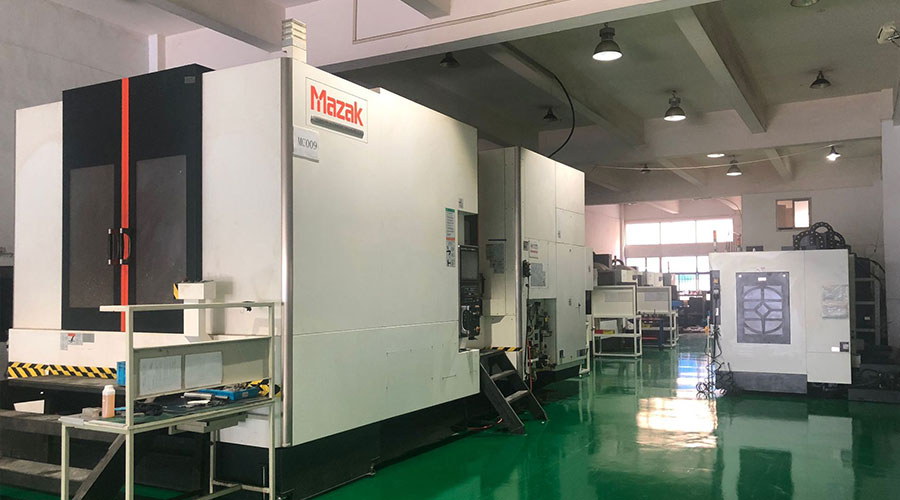 Sheet metal, beryllium, carbon steel, magnesium, 3D printing, precision CNC machining services for heavy equipment, construction, agriculture and hydraulic industries. Suitable for plastics and rare alloys machining. It can turn parts up to 15.7 inches in diameter. Processes include swiss machining,broaching, turning, milling, boring and threading. It also provides metal polishing, painting, surface grinding and shaft straightening services. The production range is up to 50,000 pieces. Suitable for screw, coupling, bearing, pump, gearbox housing, drum dryer and rotary feed valve applications.PTJ will strategize with you to provide the most cost-effective services to help you reach your target,Welcome to Contact us ( [email protected] ) directly for your new project.
Sheet metal, beryllium, carbon steel, magnesium, 3D printing, precision CNC machining services for heavy equipment, construction, agriculture and hydraulic industries. Suitable for plastics and rare alloys machining. It can turn parts up to 15.7 inches in diameter. Processes include swiss machining,broaching, turning, milling, boring and threading. It also provides metal polishing, painting, surface grinding and shaft straightening services. The production range is up to 50,000 pieces. Suitable for screw, coupling, bearing, pump, gearbox housing, drum dryer and rotary feed valve applications.PTJ will strategize with you to provide the most cost-effective services to help you reach your target,Welcome to Contact us ( [email protected] ) directly for your new project.
Link to this article:What is the difficulty of metal 3D printing?
Reprint Statement: If there are no special instructions, all articles on this site are original. Please indicate the source for reprinting.:Cnc Machining,Thank!^^

